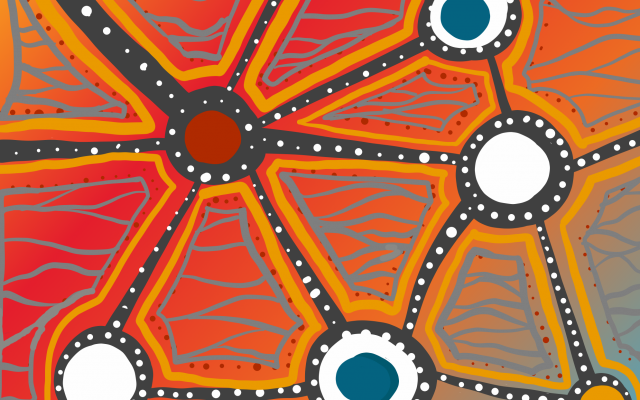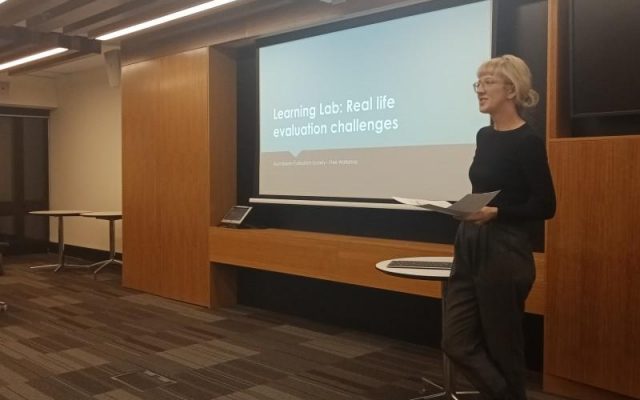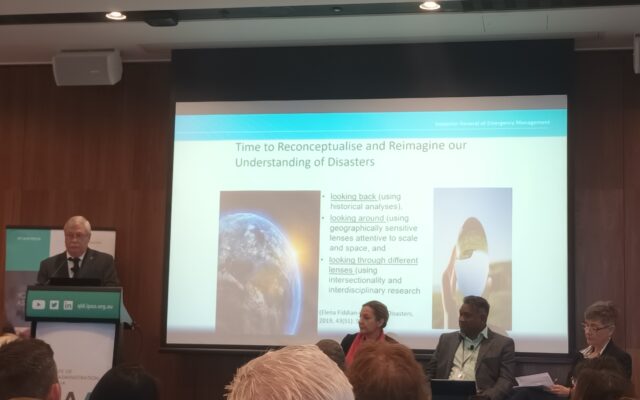
How can we measure empowerment?
Empowerment has emerged as another buzz word. While it is often paid lip service, what does empowerment really mean? And how do we know if we’re achieving it?
Empowerment is a complex concept. It is both a process and an outcome that can be seen at the individual, organisational and structural levels, enabling positive growth and sustainable change.[1] In the context of Aboriginal and Torres Strait Islander communities, who have experienced a history of systematic oppression, empowerment is critical for healing and improving overall wellbeing.
While there are many programs and interventions designed to empower Aboriginal people and communities, there is little quantitative evidence about their impact. Here’s where the GEM – the ‘Growth and Empowerment Measure’ – steps in.
On 1 February, Melissa Haswell from the Queensland University of Technology, facilitated GEM training at the National Centre of Indigenous Excellence. She explained that the GEM is the first validated, quantitative tool designed to measure empowerment in Aboriginal communities.
Based on extensive consultation, the tool measures different dimensions of empowerment as defined by Aboriginal people. It also aims to be a strengths-based and empowering process in and of itself, using scenarios as a way for people to trace their personal journey.
So, what does the GEM mean for evaluators? Firstly, it is a culturally-safe tool, developed by Aboriginal people, for Aboriginal people. When working with Aboriginal people in social research and evaluation, it is crucial that we use culturally-appropriate methods that:
respect Aboriginal knowledge and practices
- are strengths-based
- are framed by an understanding of the historical context of Aboriginal communities and its
- ongoing impact
- benefit the community.
The GEM offers just that. It also comes in the context of the growing development of other validated and culturally-appropriate measurement tools, such as Dr Tracey Westerman’s upcoming tool for measuring the cultural competencies of child protection staff.
More broadly, the GEM also enables us to quantifiably measure more holistic wellbeing outcomes, beyond discrete system indicators, such as increased school attendance or instances of out-of-home care. It recognises empowerment as fundamental to the overall health and wellbeing of individuals and communities, giving programs and services a better understanding of their impact. This is particularly important, given the lack of evidence about ‘what works’ for improving the wellbeing of Aboriginal people, families and communities.[2][3]
To support Aboriginal organisations to embed the use of the GEM and other subjective measures of wellbeing, we are working with Their Futures Matter to develop tools and resources to support evidence building across the Aboriginal service sector. Stay tuned for more…
[1] Haswell, M.R., Kavanah, D., Tsey, K., Reilly, L., Cadet-James, Y., Laliberte, A., Wilson, A., & Doran, C. (2010). Psychometric validation of the Growth and Empowerment Measure (GEM) applied with Indigenous Australians. Aust N Z J Psychiatry. 44(9): 791–9. Available at: https://www.ncbi.nlm.nih.gov/pubmed/20815665 [2] Productivity Commission. (2016). Overcoming Indigenous Disadvantage: Key Indicators 2016. Canberra: Productivity Commission. [3] Stewart, M. & Dean, A. (2017). Evaluating the outcomes of programs for Indigenous families and communities. Family Matters. No. 99, pp.56–65.




